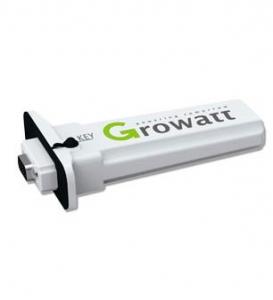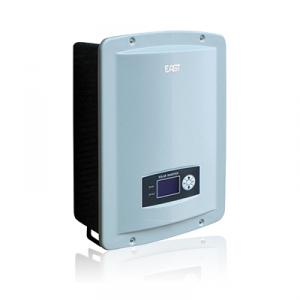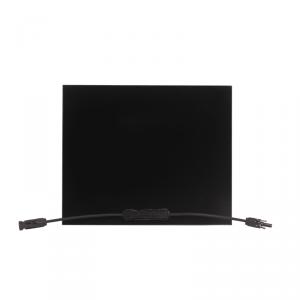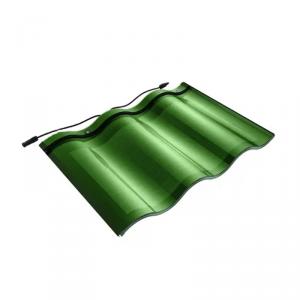Austrian Solar Inverter
Austrian Solar Inverter Related Searches
Germany Solar Inverter Taiwan Solar Inverter Solar Inverter Italy Solar Inverter Taiwan Siemens Solar Inverter Hans Solar Inverter Japanese Solar Inverter Schneider Solar Inverter Aurora Solar Inverter Poland Solar Inverter Aps Solar Inverter Solar Solar Inverter Inverter Solar Alpha Solar Inverter Solar Inverter Made In Germany Solar Inverter Poland Chinese Solar Inverter Sun Solar Inverter Solar Inverter Adelaide Aps Solar Micro Inverter Solaris Solar Inverter Automatic Solar Inverter Advanced Energy Solar Inverter Smart Solar Inverter Sma Solar Inverter Germany Solar Inverter Perth Solar Smart Inverter Solar Inverter Canada Solar Electric Inverter Solar Module InverterAustrian Solar Inverter Supplier & Manufacturer from China
Austrian Solar Inverter is a range of high-quality solar power conversion devices that are designed to optimize the performance of solar energy systems. These inverters play a crucial role in converting the direct current (DC) generated by solar panels into alternating current (AC), which can then be used by electrical appliances or fed back into the power grid. The Austrian Solar Inverter products are known for their efficiency, reliability, and advanced technological features, making them a popular choice for various solar energy applications.The Austrian Solar Inverter products find their application in a wide range of usage scenarios, including residential, commercial, and industrial solar installations. They are particularly useful in areas where there is a need to reduce electricity bills, increase energy independence, and contribute to a greener environment. These inverters can be used in both on-grid and off-grid solar systems, catering to the diverse needs of different consumers. Their compact design and user-friendly interface make them easy to install and maintain, further enhancing their appeal in the market.
Okorder.com is a reputable wholesale supplier of Austrian Solar Inverter products, boasting a large inventory that caters to the needs of various customers. They offer competitive prices and reliable service, ensuring that their clients receive the best value for their investment. By partnering with Okorder.com, customers can be confident that they are sourcing high-quality Austrian Solar Inverter products that meet their specific requirements and expectations.
Hot Products















































